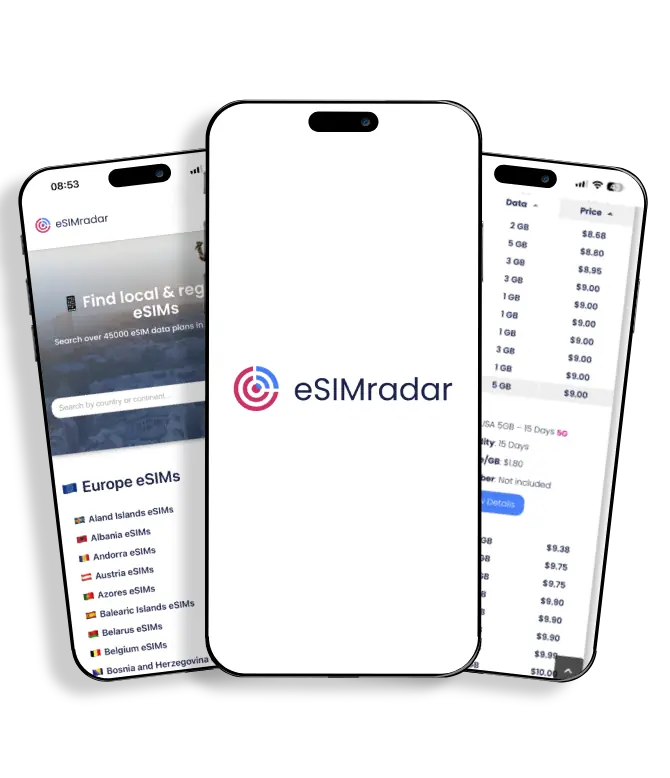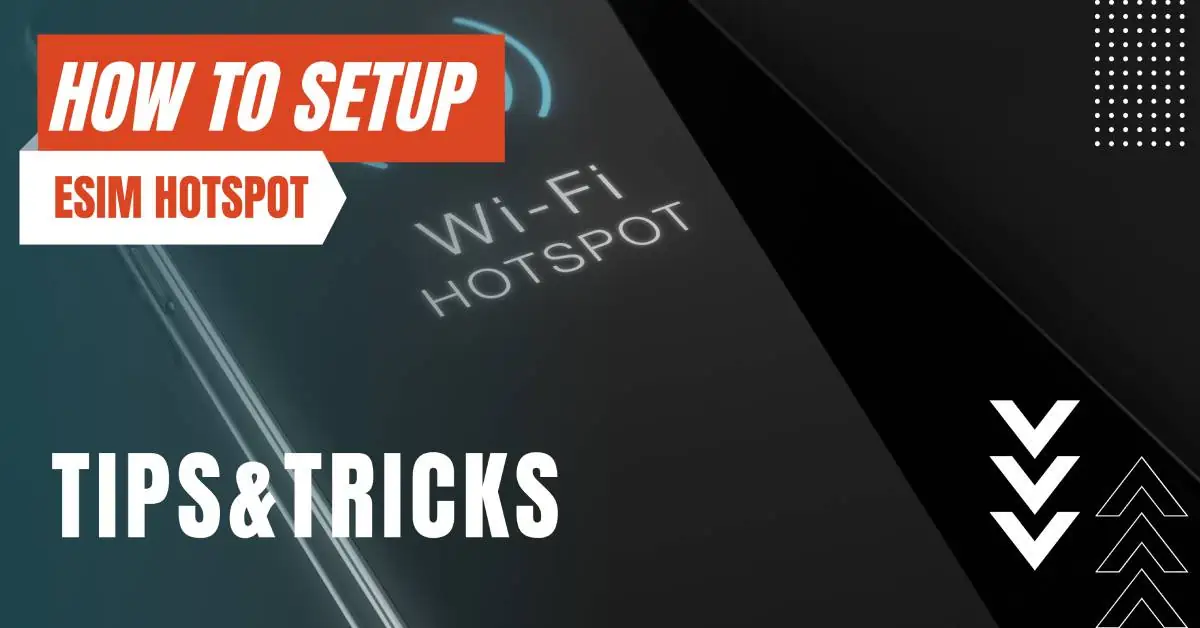All of the products and services we feature are chosen independently. If you click through links we provide, we may earn a commission. Learn more
Written by: Emily Chen
What is IMSI
- Updated: September 30, 2023 | Published:
In the grand scheme of cellular networks, the International Mobile Subscriber Identity (IMSI) is more than just a number. It’s a unique identifier that plays a crucial role in network interconnection, roaming, and subscriber identification.
Understanding the IMSI is key to understanding how our mobile devices keep us connected, no matter where we are in the world.

The IMSI: A Unique Identifier
The IMSI is a unique number that identifies every user of a cellular network. Stored as a 64-bit field, it’s sent by the mobile device to the network and is used for acquiring other details of the mobile in the home location register (HLR) or as locally copied in the visitor location register.
To prevent eavesdroppers from identifying and tracking the subscriber on the radio interface, the IMSI is sent as rarely as possible, and a randomly-generated Temporary Mobile Subscriber Identity (TMSI) is sent instead.
IMSI Across Networks
The IMSI is used in any mobile network that interconnects with other networks. For GSM, UMTS, and LTE networks, this number was provisioned in the SIM card.
For cdmaOne and CDMA2000 networks, it was in the phone directly or in the R-UIM card (the CDMA equivalent of the SIM card). Both cards have been superseded by the Universal Integrated Circuit Card (UICC).
The Structure of an IMSI
An IMSI is typically a 15-digit number, but it can be shorter in some cases.
Let’s take an example IMSI: 310170845466094. The first three digits, 310, represent the Mobile Country Code (MCC).
In this case, 310 is the MCC for the United States. The next three digits, 170, represent the Mobile Network Code (MNC).
Here, 170 is the MNC for Sprint. The remaining digits, 845466094, are the Mobile Subscription Identification Number (MSIN), which is unique to each subscriber within the network.
IMSI and ICCID: A Clarification
IMSI can sometimes be mistaken for the Integrated Circuit Card Identifier (ICCID), which is the identifier for the physical SIM card itself (or now the virtual SIM card if it is an eSIM).
The IMSI lives as part of the profile (or one of several profiles if the SIM and operator support multi-IMSI SIMs) on the SIM/ICCID.
IMSI: A Key Player in Roaming
When a subscriber travels abroad, their home network needs to know where they are so that calls and messages can be routed correctly. This is where the IMSI comes into play.
The IMSI is used to identify the subscriber’s home network and whether they can use a given network in the country they’re visiting. This process, known as IMSI analysis, is crucial for international mobile roaming.
IMSI and Global Title: A Vital Conversion
If the subscriber is not from the provider’s network, the IMSI must be converted to a Global Title.
This Global Title can then be used for accessing the subscriber’s data in the remote Home Location Register (HLR). This conversion is particularly important for international mobile roaming.
For instance, outside North America, the IMSI is converted to the Mobile Global Title (MGT) format, standard E.214, which is similar to an E.164 number. This number can then be used for routing to international SS7 switches.
IMSI and Home Network Identity: Two Sides of the Same Coin
The Home Network Identity (HNI) is the combination of the MCC and the MNC. This combination fully identifies a subscriber’s home network and is also known asthe Public Land Mobile Network (PLMN).
For example, if we take the MCC 310 (United States) and MNC 170 (Sprint) from our example IMSI, we get the HNI 310170, which identifies the Sprint network in the United States.
IMSI is a critical component of cellular networks, serving as a unique identifier for every user. Its structure, use across networks, and role in IMSI analysis and home network identity make it a vital part of the telecommunications ecosystem.
Its structure, use, and conversion to a Global Title make it a cornerstone of the telecommunications ecosystem.
Understanding the IMSI is key to understanding how our mobile devices keep us connected, no matter where we are in the world.
By entering your email & signing up, you agree to receive promotional emails on eSIMs and insider tips. You can unsubscribe or withdraw your consent at any time.

About The Author
Spread the Word, Share the Joy
Compare eSIMs
Why keep the secret to yourself? Spread the joy of eSIMradar and let everyone in on the eSIM experience!
Easy eSIM Comparison for Your Needs
Simplifying your search! Easily compare eSIM plans tailored to your specific needs
Coverage in 210+ Countries
Benefit from our extensive eSIM comparison with 30+ providers in over 210 destinations.
Save money without second-guessing
Our platform helps you maximize value, ensuring competitive prices.
Enjoy Hassle-Free Travel Abroad
Whether you’re on holiday or a business trip abroad, stay connected with ease and focus on enjoying your experiences,
Find Your Perfect eSIM & Exclusive Deals!
Find your ideal eSIM effortlessly and stay connected in style wherever your adventures take you! Get exclusive deals and discounts at your fingertips, ensuring you get connected for less on your travels!











